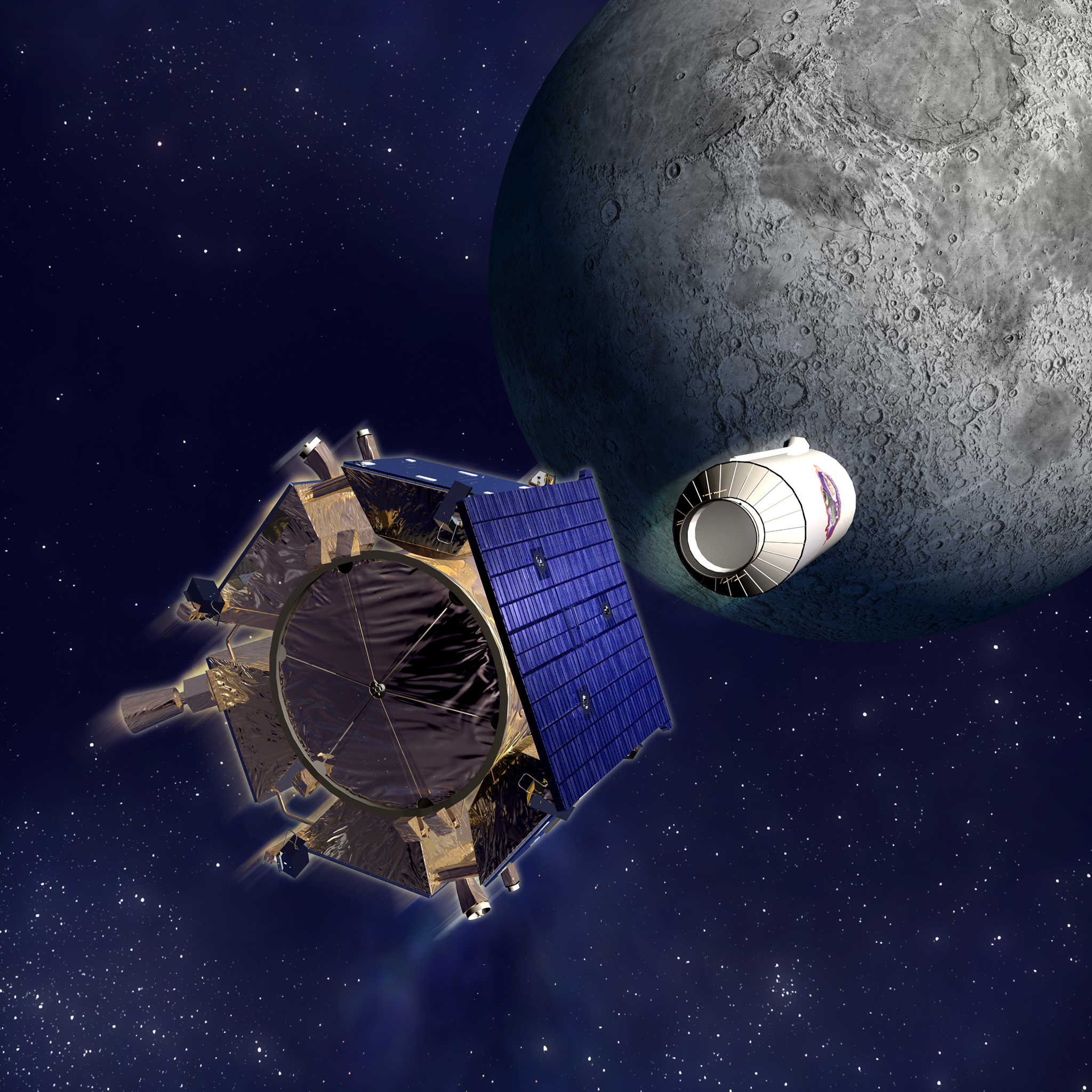JUNE 14, 1770: The renowned French comet hunter Charles Messier discovers a moderately bright comet in Sagittarius. 2½ weeks later this comet passed just 0.015 AU from Earth, the closest confirmed cometary approach to Earth in history. The comet, named after Swedish mathematician Anders Lexell, who computed its orbit, was later perturbed into a much larger orbit by a close encounter with Jupiter, and is now “lost.” It is discussed in a previous “Special Topics” presentation.

JUNE 14, 1968: The well-known Apollo-type asteroid (1566) Icarus passes 0.042 AU from Earth, a much-publicized encounter that remains Icarus’ closest approach to Earth since its discovery in 1949. During this approach astronomers obtained the first successful radar-bounce observations of a solar system “small body.”
JUNE 14, 2090: Asteroid (1566) Icarus will pass 0.044 AU from Earth, the closest approach it will have made to our planet since the encounter in 1968.
JUNE 16, 1729: Comet Sarabat (new style designation C/1729 P1), discovered in early August 1729 by French scientist Nicolas Sarabat, passes through perihelion at the large heliocentric distance of 4.051 AU – a perihelion distance record for a comet that stood for almost two centuries. Despite its large distance, Comet Sarabat could be detected with the unaided eye, and, intrinsically, is the brightest comet ever recorded.
JUNE 16, 2015: Asteroid (1566) Icarus passes 0.054 AU from Earth, the closest approach it has made to our planet with the past half-century.
JUNE 18, 1178: Five Anglican monks at Canterbury, England report seeing a “flaming torch” rising from the moon, suggestive of an impact onto the lunar surface. There has been conjecture that this putative impact event created the crater Giordano Bruno, located on the moon’s far side just beyond the northeastern limb, although the evidence for this is, at best, inconclusive. The topic of lunar impacts is part of this week’s “Special Topics” presentation.
JUNE 18, 2009: NASA’s Lunar CRater Observation and Sensing Satellite (LCROSS) mission is launched – together with NASA’s Lunar Reconnaissance Orbiter (LRO) mission – from Cape Canaveral, Florida. In early October LCROSS was deliberately crashed into the crater Cabeus near the moon’s South Pole, and the presence of water was successfully detected within the impact plume. The LCROSS mission, and its rationale, is discussed in this week’s “Special Topics” presentation.

JUNE 18, 2020: Comet Lemmon C/2019 U6 will pass through perihelion at a heliocentric distance of 0.914 AU. This comet, currently visible from the southern hemisphere, has brightened unexpectedly rapidly within the recent past, and if this trend continues it could conceivably become visible to the unaided eye late this month, around the time it becomes accessible from the northern hemisphere. Information about Comet Lemmon and other visible comets is available at the Comet Resource Center.
JUNE 19, 2004: Astronomers Roy Tucker, David Tholen, and Fabrizio Bernardi discovery the asteroid now known as (99942) Apophis from Kitt Peak National Observatory in Arizona, although it was “lost” after two nights until its accidental discovery from Siding Spring Observatory in New South Wales six months later. On April 13, 2029, Apophis will pass just 0.00026 AU from Earth – closer than the orbits of geosynchronous satellites – the closest predicted approach of a “large” asteroid to Earth in history. This event, and others like it, are discussed in a previous “Special Topics” presentation.
JUNE 20, 1990: David Levy and Henry Holt discover the asteroid now known as (5261) Eureka from Palomar Observatory in California. Eureka was the first-known example of a “Mars Trojan” asteroid. Trojan asteroids are the subject of a future “Special Topics” presentation.
JUNE 20, 2020: The main-belt asteroid (1846) Bengt will occult the 6th-magnitude star HD 167665 in Sagittarius. The predicted path of the occultation crosses the east-central Pacific Ocean (just north of the Hawaiian Islands), western and northern Mexico, and the southern and eastern U.S. from southern Texas to Pennsylvania.
More from Week 25:
Comet of the Week Special Topic Free PDF Download Glossary
Ice and Stone 2020 Home Page


